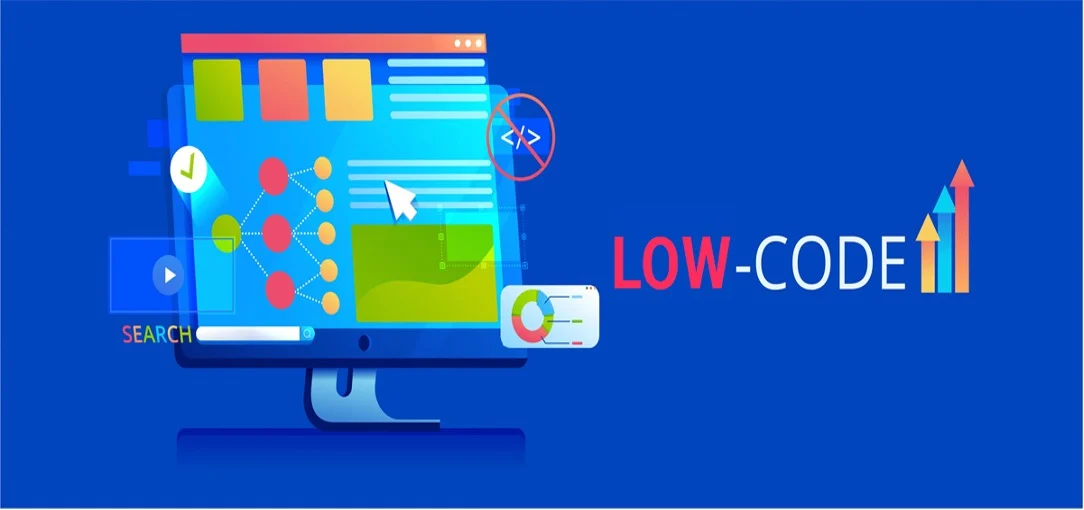Customer Relationship Management (CRM) systems have evolved significantly over the years, shifting from on-premise installations to cloud-based solutions. However, despite the surge in cloud adoption, many businesses are still opting for on-premise CRM solutions. But why? What makes on-premise CRM systems stand out in today’s rapidly changing technological landscape?
In this article, we’ll explore the key benefits and challenges of on-premise CRM, dive into frequently asked questions (FAQs), and provide insights from industry experts. Along with real-world reviews and a candid opinion from Tamer Badr, owner of Singleclic, we’ll give you a clear understanding of why on-premise CRM is still a reliable and preferred choice for many businesses today.
Understanding On-Premise CRM
On-premise CRM refers to a Customer Relationship Management software that is installed and operated from a company’s own data center, as opposed to cloud-based CRM systems which are hosted by a third-party service provider. The company is responsible for maintaining, securing, and updating the CRM system.
In this model, businesses own the software and infrastructure, giving them full control over how it operates and is accessed. This contrasts with cloud-based CRMs where the data is stored on remote servers and businesses pay for access via a subscription model.
Key Benefits of On-Premise CRM
- Full Control Over Data
On-premise CRM systems provide businesses with total control over their data. Since everything is hosted on-site, sensitive customer information and business operations remain under the company’s oversight. This control is critical for industries that handle personal, confidential, or regulated data like healthcare, finance, and legal sectors. - Customization Flexibility
One of the biggest advantages of on-premise CRM is the ability to customize the system to your business’s specific needs. Whether it’s integrating with legacy software, modifying workflows, or adding custom features, on-premise CRMs allow for in-depth tailoring. Customizations can be done based on the specific processes of the organization, without worrying about the constraints of a cloud environment. - Enhanced Security
Security is often cited as a major concern when considering cloud-based solutions. With an on-premise CRM, companies can implement their own security protocols. This means that access to sensitive data is controlled by internal teams, and data encryption, firewalls, and other security measures can be tailored to meet the organization’s specific needs. - Cost Control
While the initial investment in on-premise CRM software can be higher than a cloud-based solution, businesses can often save in the long run. Since there is no ongoing subscription fee, the total cost of ownership may be lower over time, particularly for companies that expect to grow or scale their operations. - Offline Access
On-premise CRM systems allow businesses to access their CRM data without an internet connection. This can be crucial for industries that operate in areas with limited connectivity or for businesses that need to ensure continuous access to data. - Regulatory Compliance
Some industries, such as healthcare and finance, require strict regulatory compliance. On-premise CRMs allow businesses to maintain complete control over compliance processes and can be configured to meet specific industry regulations.
Looking for a CRM solution you can fully control?
Explore our CRM and see how it fits your business needs.
People Are Always Asking: How Does On-Premise CRM Compare to Cloud CRM?
On-premise and cloud CRMs offer distinct advantages, depending on the needs of a business. Here’s a quick comparison:
| Feature | On-Premise CRM | Cloud CRM |
| Data Ownership | Full control over data | Managed by third-party |
| Customization | High level of customization | Limited customization |
| Security | Company-controlled security | Dependent on provider’s security practices |
| Cost Structure | High initial cost, no ongoing fees | Subscription-based, low initial cost |
| Maintenance | In-house management | Managed by service provider |
| Scalability | Can be costly to scale | Easily scalable |
Potential Drawbacks of On-Premise CRM
While on-premise CRM systems have their benefits, they are not without their challenges. Here are some potential drawbacks:
- High Initial Setup Cost
On-premise CRM systems often require significant upfront costs. These include hardware, software, and installation fees, which can be a barrier for small businesses or those with limited IT budgets. Additionally, businesses must invest in ongoing infrastructure maintenance. - Maintenance and Updates
Unlike cloud-based systems that are automatically updated, on-premise CRM systems require manual updates and maintenance. This can put pressure on internal IT resources and may lead to system downtimes during updates. - Scalability Challenges
Scaling an on-premise CRM system can be expensive and resource-intensive. As the business grows, more hardware and storage may be required, leading to higher costs. - Limited Remote Access
On-premise CRMs typically require employees to be in the office to access the system. Although remote access can be configured, it may not be as seamless or secure as cloud-based CRM systems. - IT Dependency
Since the company handles the system’s infrastructure, businesses are dependent on their internal IT department to ensure the system runs smoothly. This can lead to challenges if the business doesn’t have sufficient technical expertise.
Tamer Badr’s Insight on On-Premise CRM
Tamer Badr, the owner of Singleclic, which offers both Microsoft Dynamics 365 and Odoo ERP solutions, shared his perspective on the role of on-premise CRM in today’s business landscape:
“Many businesses today are overlooking the value of on-premise solutions simply because of the cloud hype. While cloud CRMs offer flexibility, on-premise CRMs provide businesses with unmatched control over their data, security, and compliance. We’ve seen clients in regulated industries, such as finance and healthcare, still prefer the stability and control of an on-premise CRM. However, it’s important to recognize that no one solution fits all businesses – each has its own set of unique needs.”
FAQs About On-Premise CRM
Q1: How do I know if an on-premise CRM is right for my business?
If your business deals with sensitive data, requires custom workflows, or needs to comply with strict regulations, on-premise CRM might be the better choice. On-premise systems are also suitable for companies that have the necessary IT resources to manage and maintain the system.
Q2: How long does it take to implement an on-premise CRM system?
Implementation timelines vary depending on the complexity of the CRM system and the level of customization required. Typically, it can take several weeks to a few months for full implementation.
Q3: Can I switch from an on-premise CRM to a cloud CRM in the future?
Yes, businesses can migrate from an on-premise CRM to a cloud-based solution, though the process can be time-consuming and may require significant data migration and retraining of staff.
Q4: Are there any hidden costs with on-premise CRM systems?
Aside from the initial setup costs, businesses should be prepared for ongoing maintenance, updates, and potential hardware upgrades. It’s important to budget for these ongoing costs when considering an on-premise CRM.
Reviews and Testimonials from Real Users
“On-premise CRM was the perfect solution for our company’s needs. The ability to control our data security was essential, especially in the financial sector. While the upfront costs were higher, the long-term savings and peace of mind were well worth it.” – John Doe, Finance Executive
“We initially chose a cloud CRM but switched to on-premise due to concerns about data privacy. The transition was smooth, and the level of customization we were able to achieve was beyond what we expected.” – Mary Smith, Healthcare Manager
Conclusion
On-premise CRM systems are far from obsolete, and in fact, they remain an excellent choice for many businesses in 2025. With total control over data, robust customization options, and heightened security, on-premise CRMs continue to offer significant advantages, especially for industries with strict regulatory requirements. While there are certain drawbacks, such as high initial costs and the need for ongoing maintenance, these systems can still provide lasting value for businesses with the right resources.
As Tamer Badr from Singleclic advises, each business needs to evaluate its unique requirements before making a decision. Whether you opt for on-premise or cloud-based CRM, the right choice can help streamline operations and enhance customer relationships for years to come.









